
How Detention Basin Routing Prevents Flooding and Protects Your Project
Discover how detention basin routing using the Modified Puls method reduces stormwater peak flows, delays flooding, and ensures regulatory compliance for your project.
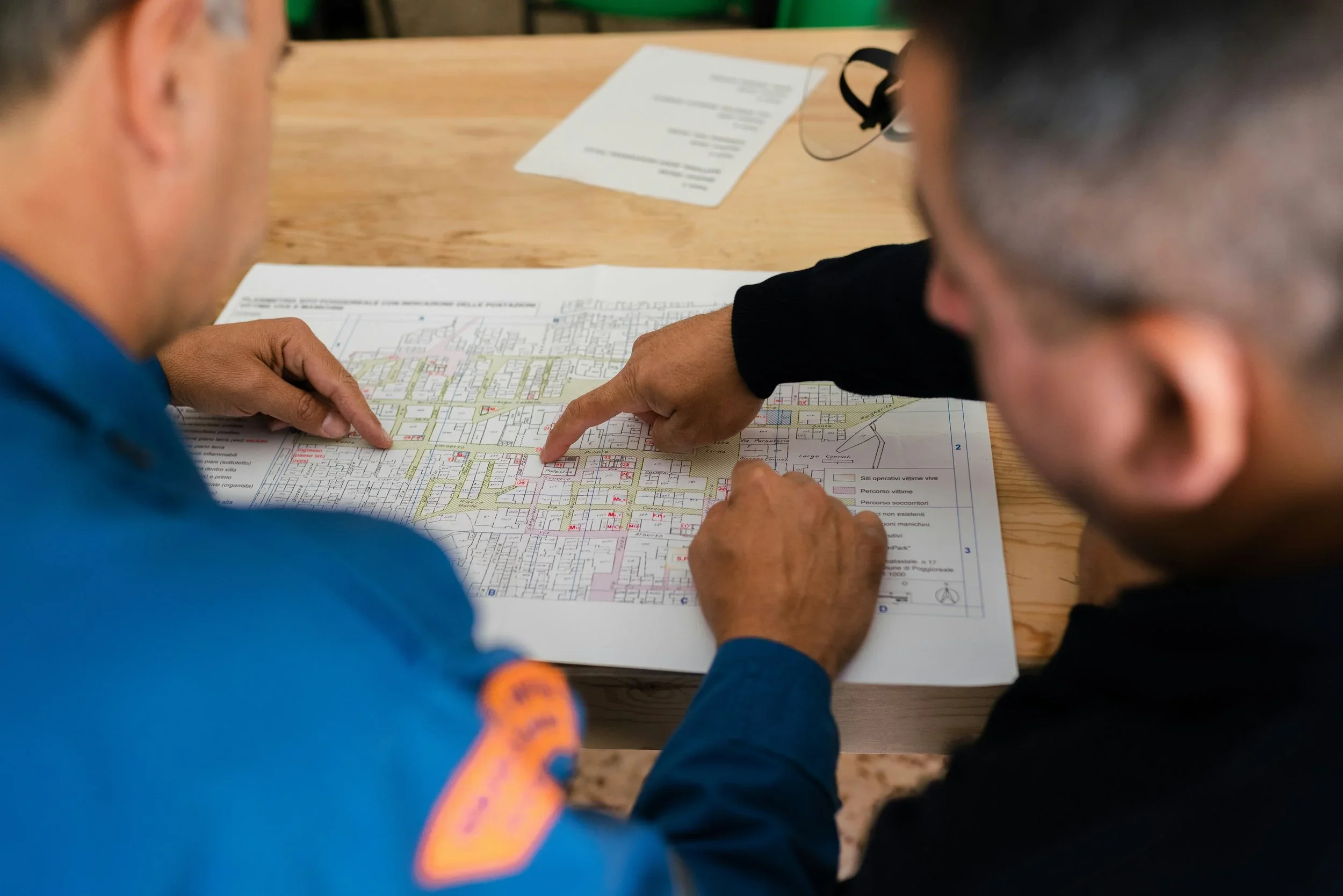
Subdivision Planning Tips for Developers: Maximize Yield & Pass Permits
Smart subdivision planning isn’t just about fitting lots — it’s about maximizing yield while staying compliant. Learn how to design profitable layouts that pass permits faster and cost less to build.
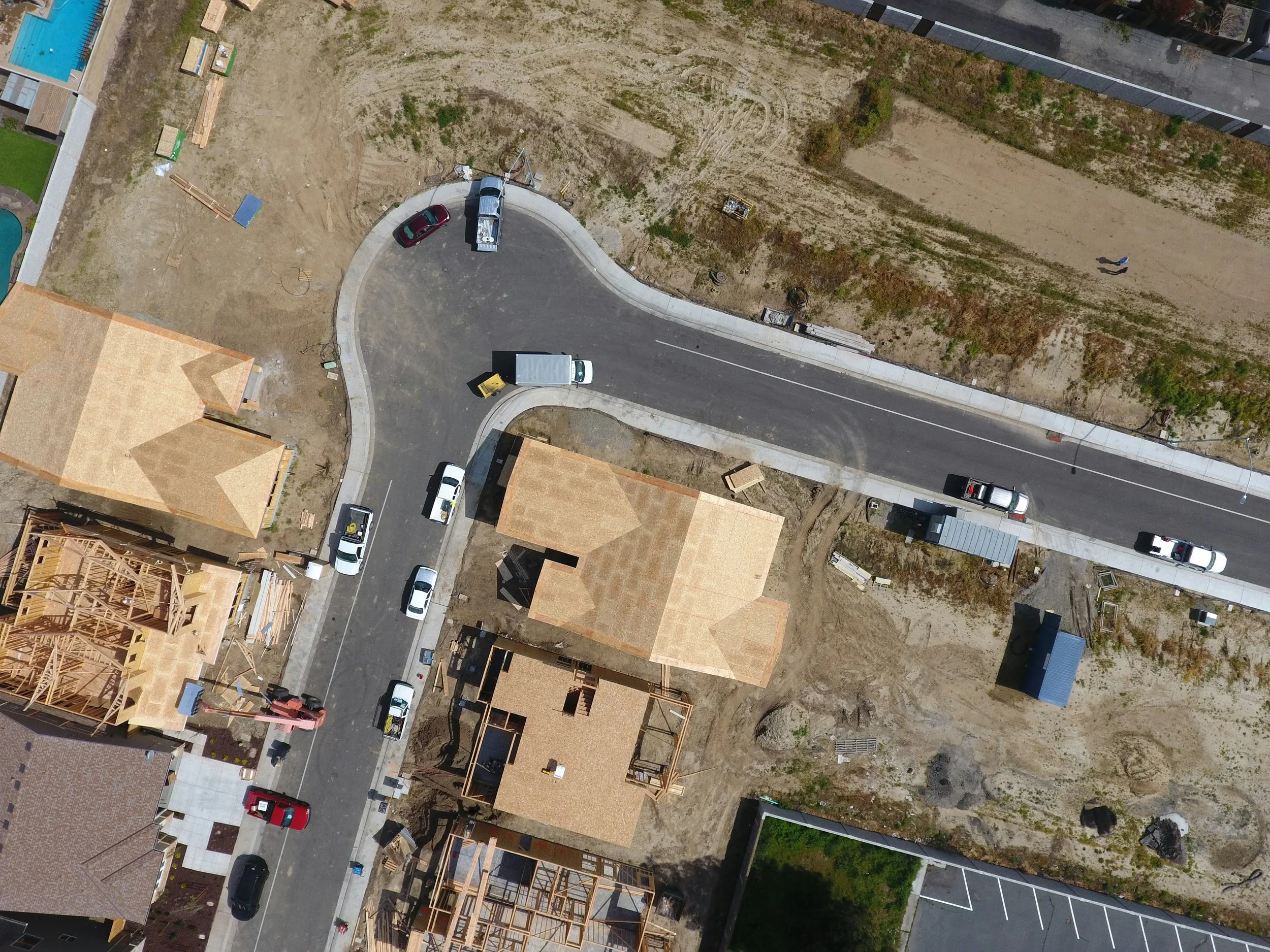
How to Start a Residential Subdivision Project in the Southeast: A Step-by-Step Guide for Landowners and Builders
Thinking about subdividing land or developing residential lots in the Southeast? This step-by-step guide walks landowners and developers through feasibility, permitting, and construction—from raw land to finished lots.
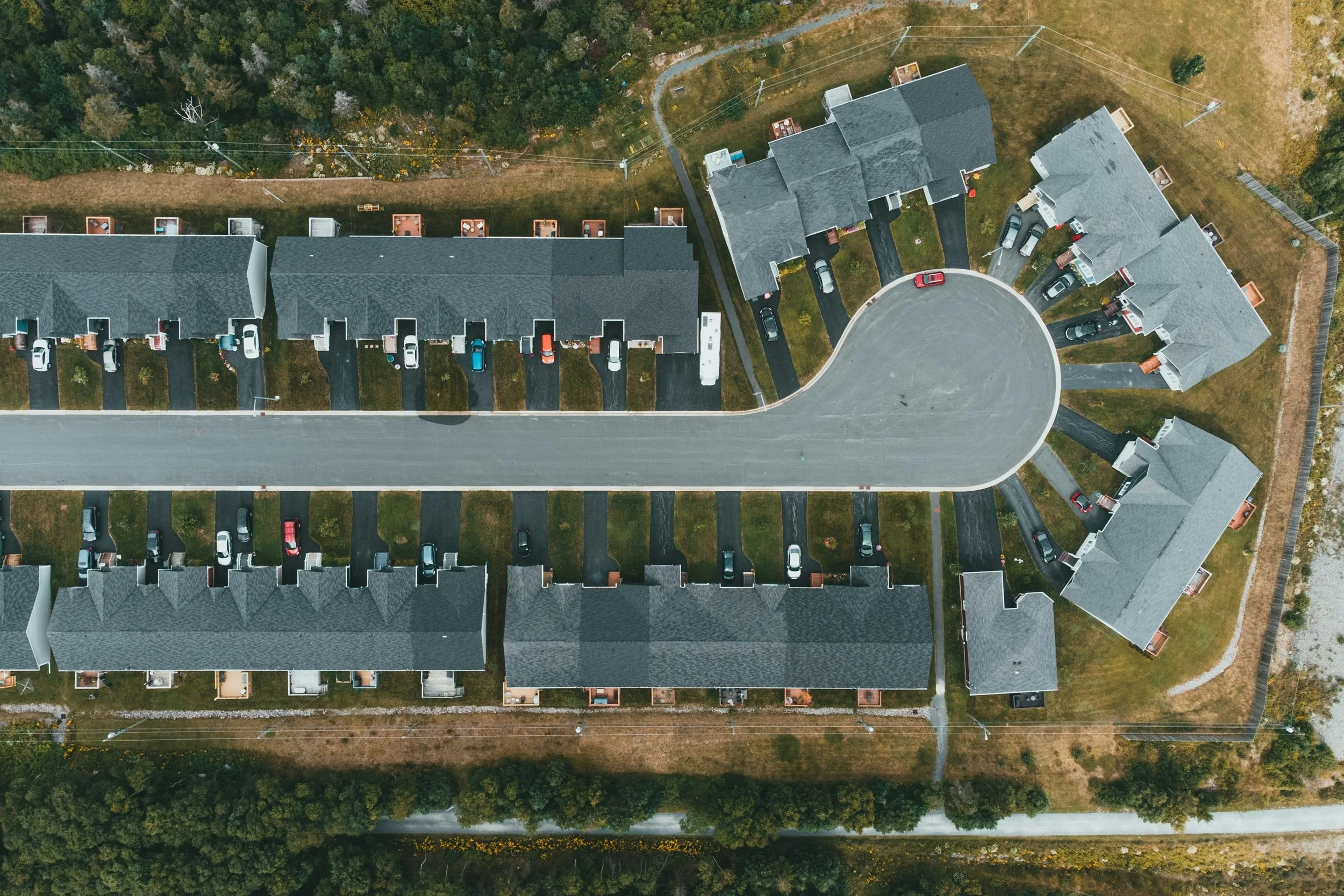
Smarter Subdivisions: How to Cut Infrastructure Costs and Maximize Lot Yield with Value Engineering
Discover 5 powerful ways to reduce subdivision infrastructure costs using value engineering — from stormwater design to lot layout strategies. Build smarter, save more, and protect your bottom line.
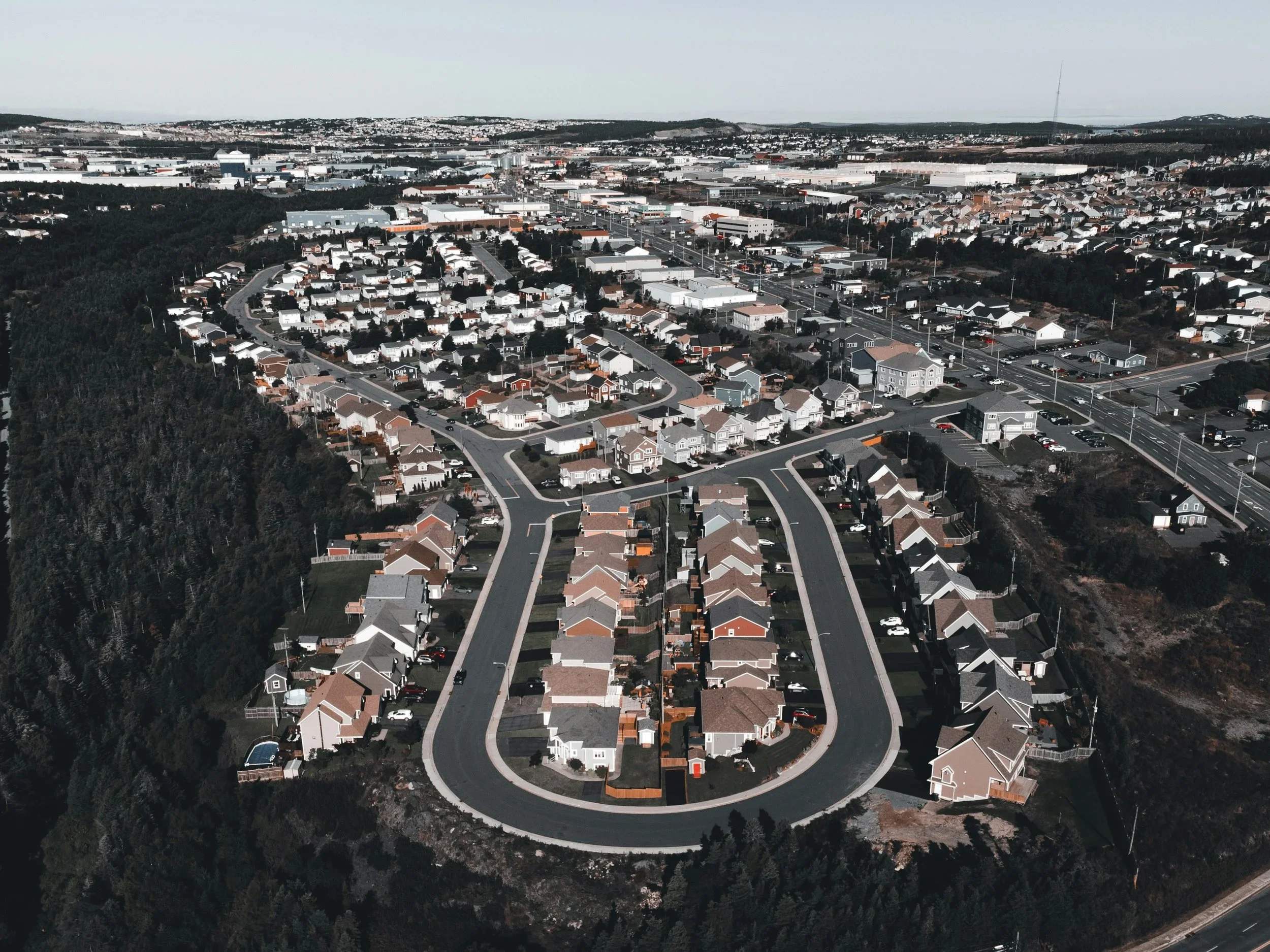
Engineering Your Success: Infrastructure Planning Essentials for Residential Developers
Infrastructure planning is the hidden engine behind every successful subdivision. From roads and drainage to water lines and open space, this guide walks developers through the essentials—and rules of thumb—for designing smarter, more cost-effective residential communities.

Before You Build: Why Environmental Hazard Inspections Can Save Your Land Project
Before investing in land development, a proper environmental hazards inspection is critical. Learn how Phase One and Two site assessments can protect your project from costly contamination risks and ensure regulatory approval.
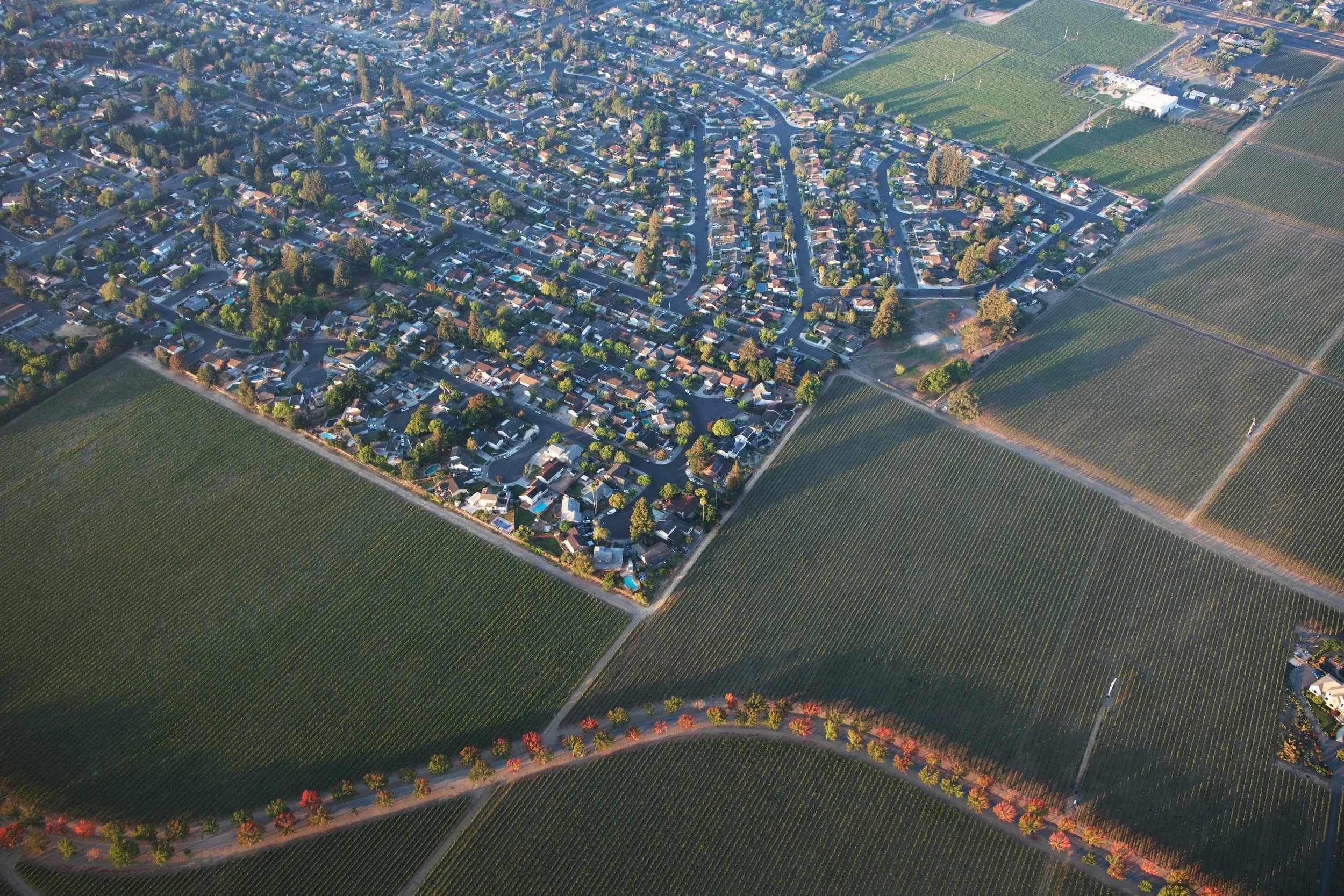
How Sectional Subdividing Can Save You Thousands in Land Development Costs
Discover how phased or sectional subdividing can dramatically reduce your land development costs. Learn practical strategies for smarter planning, financing, and building—perfect for first-time developers and experienced investors alike.
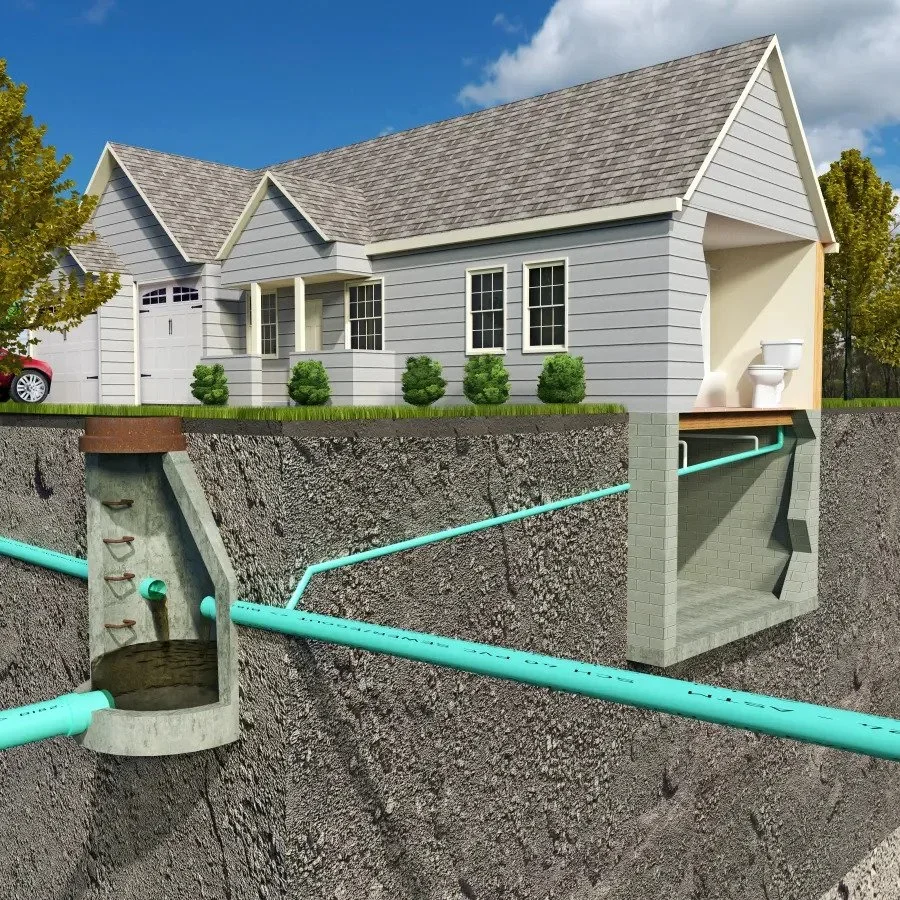
The Hidden Headaches of Sewer Utility Design: Gravity, Lift Station, or Grinder Pump?
When gravity just won't work — because your site is flat, low-lying, or slopes away from the main — a lift station becomes more than a backup plan. It’s often the only way to make your system viable.
But a well-designed lift station can also be a strategic unlock — allowing you to build where others can’t, avoid deep excavation, and maintain full control of your infrastructure.

Engineering Your Subdivision: Subdivisions from an Engineering Perspective
It is worthy of note that subdivision ordinances differ greatly from county to county. Based on this, land development engineers, urban planners, and real estate developers would benefit from this article to ensure a good grasp of project planning and design, compliance and approval matters, how to manage their costs, and risk mitigation, to speak of a few.



Master-Planned Communities: Creating Thriving Neighborhoods
Master-Planned Communities(MPCs) have gained popularity in recent years as a preferred choice for homeowners seeking a well-designed, sustainable, and vibrant living environment. These communities offer meticulously planned layouts, comprehensive amenities, and a range of housing options to cater to diverse lifestyles.

LAND USE AND ZONING LAWS
Why are there restrictions to the kind of buildings that can be raised up in some areas? Why are some structures more prominent in one area than in others? The reason is simple. Everything related to real estate and the built environment is regulated by laws. These laws are called land use and zoning laws.
